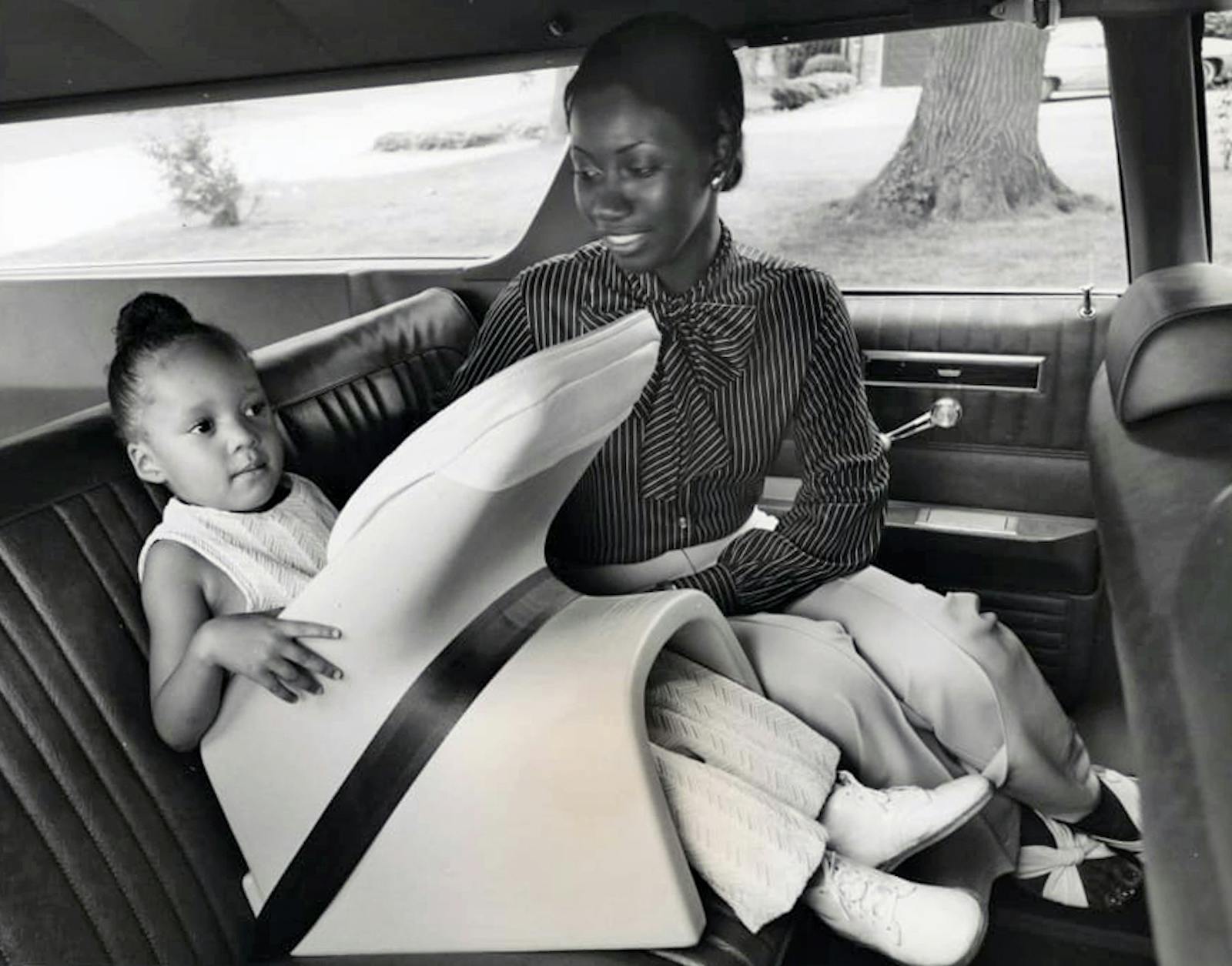Readers’ Ride: Flared split-bumper Camaro is a blast from the past
For reader Jim Murphy, a recent Hagerty article brought back some fond memories of his second-generation Camaro Z/28, which he shared with us.
Murphy bought his Z/28 Rally Sport for $3600 in the spring of 1970, just when the all-new second-gen Camaro debuted. The new Camaro was lower, wider, and had fantastic lines to go along with a variety of small-block and big-block V-8 power, but that wasn’t enough. “Because I had a good friend who operated a speed shop, we went through this car from bumper to bumper,” Murphy says. “I have always considered any new car to be unfinished, and this one most certainly had room for improvement to meet my expectations.”
The list of modifications was extensive, starting with the 350-cubic-inch LT1 V-8 that received Chevy double-hump angle-plug heads, a Holley 780-cfm double-pumper carb, a more aggressive solid-lifter camshaft, a new intake manifold, an upgraded ignition system, and an improved valvetrain with a rocker arm girdle. Like its Corvette Stingray sibling, the Camaro got side pipes as well. The improved small-block was bolted to an M22 “Rock Crusher” four-speed with a Hurst shifter. Murphy also installed a lighter flywheel and a stronger pressure plate and clutch to hold up to the increased output of the V-8, along with a scatter shield to keep things safe.
The increased engine power was met with upgrades to the drivetrain, as the 12-bolt axle was reinforced and the tubes were fully welded to the housing. Upgraded four-wheel disc brakes and wider wheels with 60-series BFGoodrich rubber improved grip, while Addco swaybars kept the F-body planted. A set of traction bars and relocated spring mounts helped keep the leaf springs from acting up on hard launches.
Murphy got a lot of use out of the Camaro in that state, although the car’s shortcomings began to become apparent. The added power and traction were taking their toll on the body, with a split forming under the driver’s seat. A set of subframe connectors were in order, and their installation showed that the lack of rustproofing from the factory had allowed some corrosion to pop up. A new paint job and some repair solved that, but while he was at it, Murphy decided a set of steel fender flares would help the Camaro’s muscular lines. The flares allowed for even wider tires than before. Look closely and you’ll notice that the car also got a set of standard Camaro front turn signals, as Murphy planned to convert the Rally Sport turn signals into pencil-beam driving lights. That project never happened, though, because Murphy sold the Camaro to fund his SCCA road racing habit.
Jim Murphy spent a lot of time behind the wheel of various SCCA race cars, so it sounds like it was money well spent, although the Camaro still holds a special place in his personal automotive history. With lines like those, who can blame him?
***
Check out the Hagerty Media homepage so you don’t miss a single story, or better yet, bookmark it. To get our best stories delivered right to your inbox, subscribe to our newsletters.



Look back has good and bad points. This one is more pleasant than many we find.
I see some photos and it is like what were they thinking back then,., Some things hold up and some don’t.
The color here reminds me of Firebird on Chips that Ponch owned and crashed burned and flipped at least a dozen times. We knew it was not a real Trans Am but it was a car we would have loved to have if we has a license.
Would be nice to have more pictures here. Nice Camaro.
A nice ride. Seems boosted horsepower and increased traction always finds the weakest link between.
Does anyone else recognize the front end is not that of a factory Rally Sport? There would not be another set of signal lights under the bumperettes. Only on non Rally Sport cars are the signal lights located there.